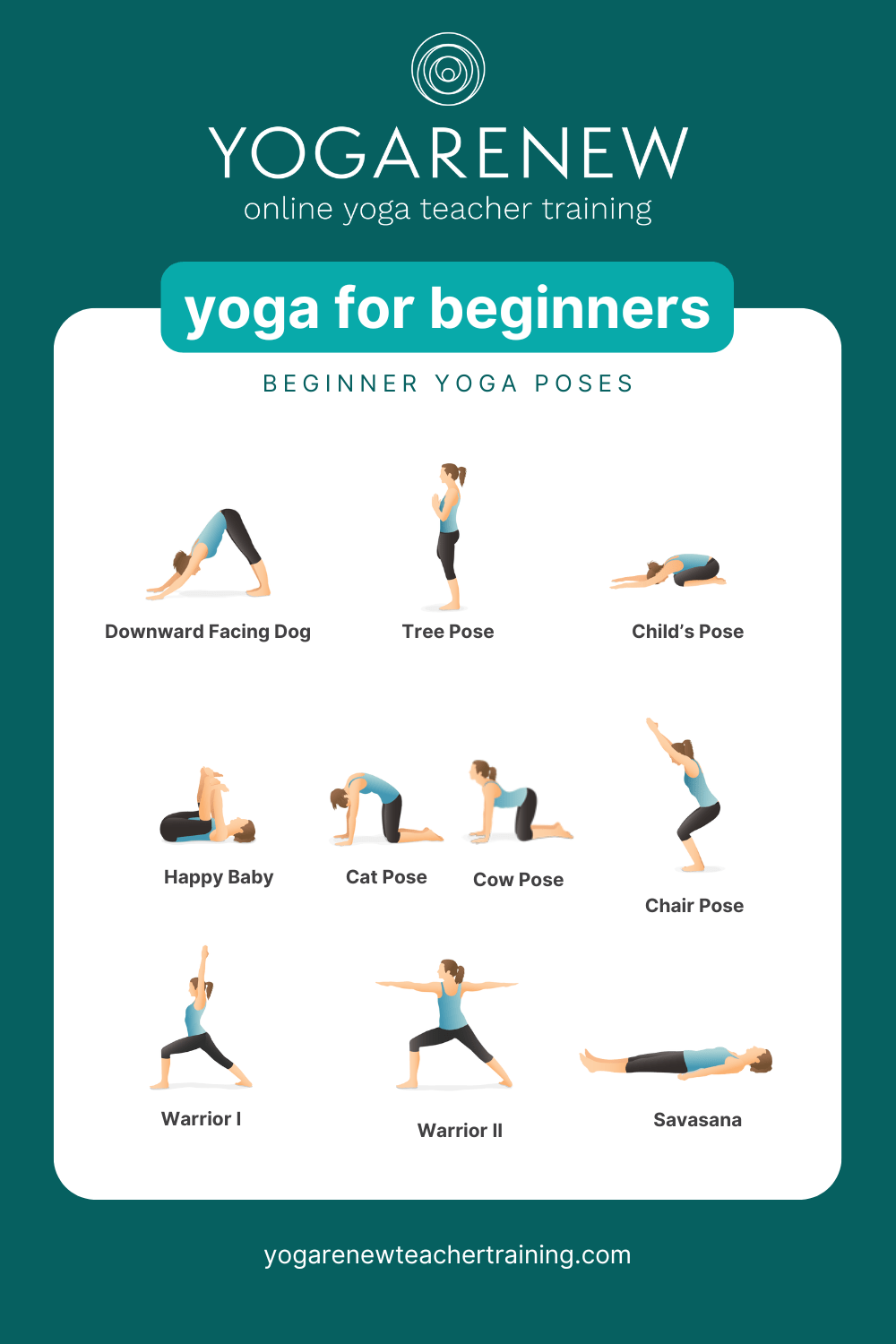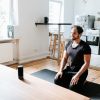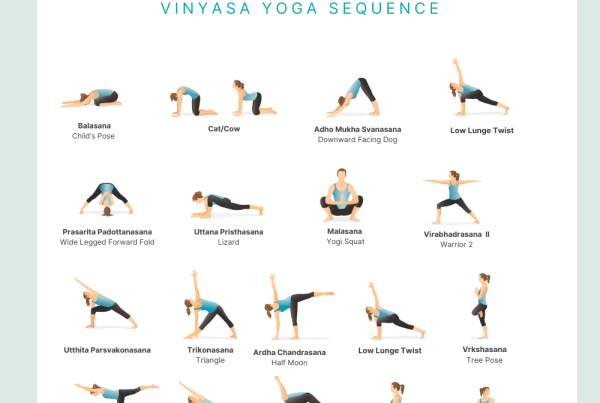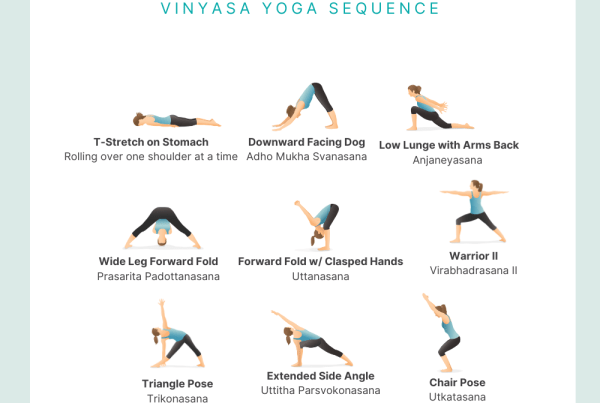
Yoga has evolved since its inception in the Indus-Sarasvati civilization. It has since then taken on many forms, evolved into variations beyond itself and yet somehow remained deeply rooted in the foundation of movement and moving (or sitting still) with meaning. Yoga is such a philosophical practice – one where people from all walks of life can pretty much morph to fit their personal journey, spiritually and physically. People practice yoga for many different reasons, including: spiritual enlightenment, purposeful and intention-filled living, physical wellness, aiding in an injury or ailment, and much, much more. The benefits of incorporating yoga into an everyday lifestyle has been vast and varied. Everyday, more and more people take to their mats in hope to enhance their lives… in whatever shape or form that may be.
Yoga History & Philosophy
The philosophy of yoga is arguably the most important element of the practice of yoga. The history and how the practice of yoga came to be sets the foundation for which we practice today. It is important to pay homage to the roots of yoga, where yoga originated and the fundamental people involved in teaching this practice and spreading it to other parts of the world. Yoga, like anything else adopted from other cultures, has its roots in a specific part of the world. The teachings since then have migrated to the Western world and learned to take root here in a community willing to breathe life into what once was only practiced in India.
When asked, “Where does yoga come from?” Google Arts & Culture said:
Yoga’s origins can be traced to northern India over 5,000 years ago. The word yoga was first mentioned in ancient sacred texts called the Rig Veda. The Vedas are a set of four ancient sacred texts written in Sanskrit. The Rig Veda is the earliest amongst the vedas and is a collection of over a thousand hymns and mantras in ten chapters known as mandalas, which were used by Vedic age priests. Yoga was refined and developed by Rishis (sages) who documented their practices and beliefs in the Upanishads, a huge work containing over 200 scriptures.
Yoga is amongst the six schools of philosophy in Hinduism, and is also a major part of Buddhism and its meditation practices. You can find out more about the history of yoga here, from the Shri Yogendra Museum of Classical Yoga – the world’s first museum dedicated to yoga.”
Common (Beginner) Yoga Poses
We’ve heard them before and we almost ALL know them by name, whether English or Sanskrit, even those who haven’t practiced yoga before. The terms for certain poses and positions have made their way into the world as being common words, used in conversations pretty often.
Let’s explore 10 of the more foundational yoga poses:
1. Downward Facing Dog (Adho Mukha Svanasana)
How To:
- Start in a high plank position with your hands and feet hip-width apart.
- Take a deep inhale and on the exhale, press back through your hands, bending at the waist, lifting your hips back to a nice peak.
- Inhale again and tiptoe up, then on the exhale try to press your heels to the mat and continue to walk them out.
- Press through your hands and heels as you lift your hips at their peak.
- Relax your head and neck.
2. Tree Pose (Vkrsasana)
How To:
- Stand with your feet planted on the ground, making sure your toes are deeply rooted in the mat, finding balance. Sometimes it helps to find a non-moving point in front of you to focus on.
- While one foot remains planted, lift your other foot and turn it out, opening your hip.
- Lift your leg above your knee joint, resting on your inner thigh, anywhere between your pubic bone and knee.
- Raise your arms overhead, hug your elbows in and try to bring your palms together.
- Gaze straight out ahead.
3. Child’s Pose (Balasana)
How To:
- Face the top of your mat and rest on your shins with your legs tucked under.
- Take your knees as wide as your yoga mat.
- Keep your big toes touching and pointing straight back underneath you.
- Keep your hips connected to your heels (or as close as they’ll go) and walk your hands forward, all the way out until your arms are straight out in front of you.
- Let your forehead rest on your mat.
4. Happy Baby (Ananda Balasana)
How To:
- Lay down on your back with your knees bent and both of your feet out in front of you.
- Lift your knees into your chest, reach your hands inside of your knees and grab hold of the outer edges of your feet.
- Guide your knees in towards your armpits, take your feet out wide and breathe into your hips.
- Let your low back descend towards the floor and breathe.
5. & 6. Cat & Cow Pose
How To:
- Start on all fours with your hands stacked under your shoulders and knees hip-distance apart.
- Drop your belly, lift your tailbone, slide your shoulders down your back away from your ears and look up. This first movement is cow pose, done on an inhale.
- When you exhale, rainbow your spine up towards the ceiling; tailbone hooks down, low belly hooks up, shoulder blades spread apart.
- Inhale, cow, exhale, cat.
7. Chair Pose (Utkatasana)
How To:
- Stand with your feet together.
- Bend your knees as your hips move back.
- Lift your chest and move your arms up alongside your ears, palms facing in.
- Gaze forward, lift your chin away from your chest.
8. Warrior One (Virabhadrasana I)
How To:
- Stand on your mat the long way with your feet about 3 ½ to 4 feet apart, toes facing forward.
- Turn your front leg all the way out, and turn your back leg at about a 45 degree angle.
- Make sure your feet line up heel to heel with your chest turning towards your front leg, bending the knee of the front leg to go over the heel.
- Keep your back leg straight, lift your arms up by your ears, bringing your palms together.
- Set your gaze looking up at your thumbs.
9. Warrior Two (Virabhadrasana II)
How To:
- Start by standing with your feet spread apart (the same you would in Warrior I).
- Turn your entire right leg out so the heel bisects the arch of your left foot.
- Spread your arms out into a T-shape with your arms shoulder distance high, fully extended through your fingertips so the collarbone and chest stays open.
- Bend your right leg so that your knee is right over your heel. Keep your back leg straight, chest lifted and be sure your knee is over your heel.
- Focus your gaze over your right fingertips.
10. Savasana
How To:
- Come into final relaxation by laying on the floor on your back.
- Reach both legs out long, hips distance apart.
- Allow the neck to be long and head to be heavy, with your arms out by your side, palms facing up.
Where Should You Start Practicing Yoga?
Studios, virtual classes, retreats – oh my! There’s so many ways to engage in the practice of yoga, especially as a beginner and so many outlets to immerse yourself in this ancient philosophy. Now more than ever, yoga has translated to a digital space and become even more accessible.
Pick a Studio or Practice Online
A lot of people prefer to practice in-person first. During the COVID-19 outbreak, however, many people were reluctant to visit a physical location and this resulted in the demand for physical studios to start recording classes virtually or perform them live over Zoom and other online platforms.
If this is your first time signing up for a yoga class, apps like Mindbody help to discover yoga studios in your area as well as book a class, view class schedules and see the names of the instructors giving the classes. We’ve created an entire YouTube channel to help our students access high-quality yoga classes taught through the lens of YogaRenew’s specific teaching methodology. We also have created an entire series dedicated to Yoga for Beginners on our YogaRenew app, check it out, here: Beginner’s Yoga Series.
Get Certified To Teach Yoga Today!
If you end up really loving yoga and decide you want to further your education and practice, a yoga instructor certification course might be the perfect route. Nowadays, you can become certified through practicing at a studio, or find an affordable, completely online yoga certification program so you can practice and learn at your own pace.
A yoga teacher certification would help support you if at any point you decided you wanted to open your own studio. Being certified also reflects the journey one takes to further understand yoga and its roots – this can be incredibly rewarding and beneficial for those who incorporate yoga into their daily lives.
Sources:
- New York Times: Yoga for Beginners
- Yoga Basics: Yoga for Beginners
- Self: Beginner Yoga Poses
- Yoga Blogs you should be following!










